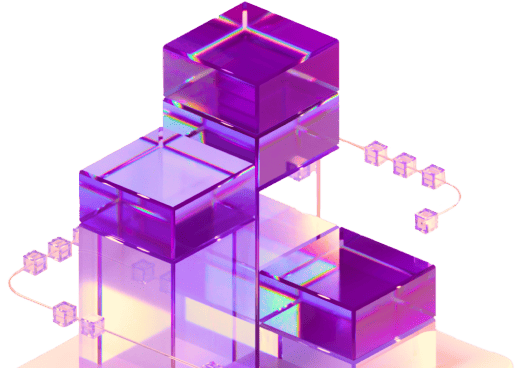Ethereum’s Dencun Phase 2 Upgrade Goes Live: Staking APY Climbs to 4.2%
The Ethereum network has successfully completed its Dencun Phase 2 upgrade, marking a significant milestone in its roadmap toward greater scalability and efficiency. According to exclusive data from OnStaking, the upgrade has increased the annual percentage yield (APY) for ETH stakers to 4.2%, up from 3.8% in Q1 2025. This development is expected to attract more validators and institutional investors to Ethereum’s proof-of-stake (PoS) ecosystem.
What the Dencun Phase 2 Upgrade Delivers
The Dencun upgrade (a combination of Deneb + Cancun) introduces several key improvements to Ethereum’s consensus and execution layers. The most notable changes include:
Enhanced Proto-Danksharding (EIP-4844): Reduces gas fees for Layer 2 rollups, improving transaction efficiency.
Validator Efficiency Boosts: Optimizes block processing, allowing validators to earn more rewards with lower computational overhead.
Staking Reward Adjustment: The upgrade recalibrates the reward distribution mechanism, increasing APY for solo stakers and liquid staking providers.
Why Staking APY Increased to 4.2%
OnStaking’s data reveals that the 4.2% APY boost is primarily driven by:
Higher Transaction Fee Allocation to Stakers – More fees are now redirected to validators instead of being burned.
Reduced Slashing Risks – The upgrade minimizes penalties for minor validator downtime, improving net rewards.
Increased Layer 2 Activity – With lower gas fees, more transactions flow through rollups, generating additional staking revenue.
Impact on Stakers and the Broader Market
For Solo Validators: Running an Ethereum node is now more profitable, with break-even times shortening by ~15%.
For Liquid Staking Providers (Lido, Rocket Pool): Higher yields could lead to a surge in ETH deposits, pushing liquid staking derivatives (LSDs) to new highs.
For Institutional Investors: The improved APY makes ETH staking more competitive against Treasury bonds, potentially accelerating institutional adoption.
Challenges & Considerations
While the upgrade is a net positive, some challenges remain:
Validator Queue Backlog: The higher APY may attract new entrants, increasing the activation queue.
Regulatory Uncertainty: The SEC’s stance on staking-as-a-service could impact U.S.-based participants.
MEV (Maximal Extractable Value) Dynamics: Changes in block construction could alter validator profitability strategies.
OnStaking’s 2025 Ethereum Staking Outlook
By Q3 2025, ETH staking participation could reach 35% of circulating supply (up from ~28% today).
Liquid staking dominance may exceed 60% of all staked ETH as yields rise.
Staking derivatives (e.g., stETH) could see deeper integration in DeFi lending markets.
Conclusion
The Dencun Phase 2 upgrade solidifies Ethereum’s position as the leading smart contract platform for stakers, combining higher yields with improved scalability. As the ecosystem evolves, OnStaking will continue providing real-time insights into ETH staking trends.

 English
English
 Deutch
Deutch
 Espanol
Espanol
 Francais
Francais
 Portugues
Portugues
 日本
日本
 한국인
한국인
 Türk
Türk
 Русский
Русский
 Tiếng Việt
Tiếng Việt

